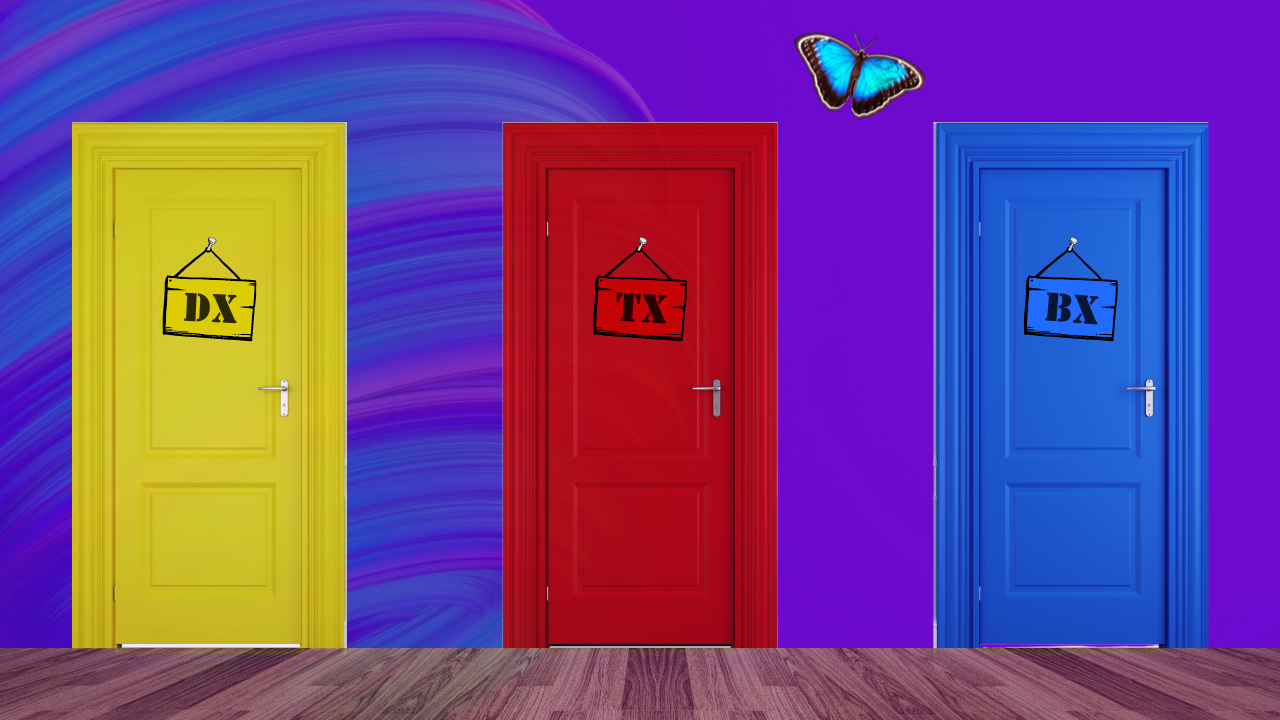Transformation, but which sort?
In terms of importance, this newsletter places people and data above technology when dealing with the demands of e-regulation, automating outdated manual processes, and equipping tax for the modern era (see What is TX? Part II).
Yet, most market rhetoric remains rooted in the notion that ‘more technology leads to transformation‘ while glossing over what that looks like or how it works in practice.
Progress can occur with a technology-led approach, but only in a generally hazardous or conditional way that lacks the control, visibility, and future-proofing a transformed state offers.
So, transformation is the first port of call when tackling tax’s digital revolution, but which sort? There’s more than one, and although they overlap, an overview is instructive:
- Digital Transformation (DX) is the shift from traditional or analogue methods to digital techniques that fundamentally alter and revolutionize essential aspects of a discipline.
- Tax Transformation (TX) is the strategic overhaul of the tax function through advanced technology, new skills, data tools, and process optimization to ensure compliance and align tax strategies with business goals.
- Business Transformation (BX) is identifying how a business needs to evolve to deliver new value to its stakeholders in a rapidly changing digital landscape.
These distinctions are crucial when mapping out a clear direction of travel. As previously mentioned in Transform in 24, the scope of transformation is so broad that each must figure out their own meaning.
Even so, the best interpretations are likely to incorporate all three along the lines of:
TX + DX => BX
In other words, tax is transforming to adopt digital technologies that add business value. That’s far better than the usual tax tech selection head-scratching with fraught implementations that leave the value proposition of transformation to chance.
How does your approach compare?


No comment yet, add your voice below!